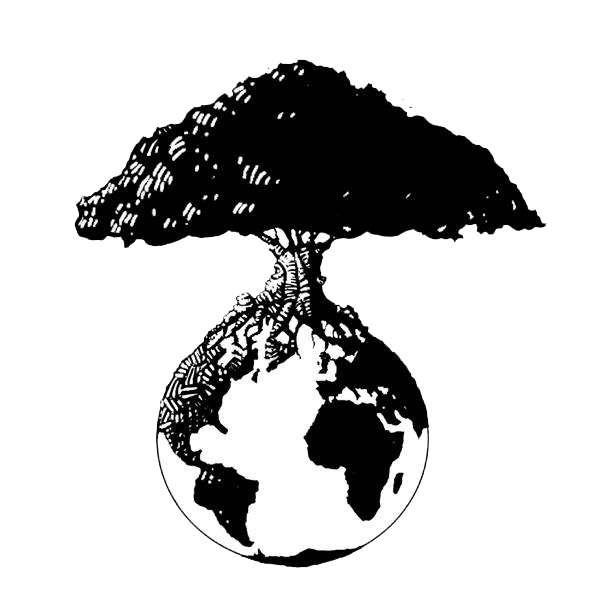In 1621, colonists invited Massasoit, the chief of the Wampanoags, to a feast after a recent land deal. Massasoit came with ninety of his men. That meal is why we still eat a meal together in November. Celebrate it as a nation. But that one wasn’t a thanksgiving meal. It was a land-deal meal. Two years later there was another similar meal meant to symbolize eternal friendship. Two hundred Indians dropped dead that night from an unknown poison.
Tommy Orange, There, There
By the time Massasoit’s son Metacomet became chief, there were no Indian-Pilgrim meals being eaten together. Metacomet, also known as King Philip, was forced to sign a peace treaty to give up all Indian guns. Three of his men were hanged. His brother Wamsutta was, let’s say, very likely poisoned after being summoned and seized by the Plymouth court. All of which lead to the first official Indian war.
Tommy Orange, There, There
Three years later the war was over and Metacomet was on the run. He was caught by Benjamin Church, the captain of the very first American Rangers, and an Indian by the name of John Alderman. Metacomet was beheaded and dismembered. Quartered. They tied his four body sections to nearby trees for the birds to pluck. Alderman was given Metcomet’s hand, which he kept in a jar of rum and for years took around with him—charged people to see it. Metacomet’s head was sold to Plymouth Colony for thirty shillings—the going rate for an Indian head at the time. The head was put on a spike, carried through the streets of Plymouth, then displayed at Plymouth Fort for the next twenty-five years.
Tommy Orange, There, There
And so the story begins, told here by Tommy Orange in his Pulitzer Prize finalist book, There, There.
The story is ongoing. Indigenous people in Wisconsin, across the United States, North American and the world are still struggling to realize their rights.
They are still working for social justice. They are still working to heal the historical trauma meted out to them by the first colonial ventures and the continuing neo-colonial economic, political and social arrangements that govern Indian lives, and those of people of color disproportionately and people generally.
The Lac du Flambeau Curriculum Road Map for Infusing First Nations Students & Act 31 into Courses on Multiculturalism was developed by Virginia Lea, Brian Jackson, and Brandon Thoms.
We were supported with the research assistance of the following University of Wisconsin-Stout students:
- Timothy Bott
- Tanner Christopherson
- Lauren Cook
- Angelina Hanson
- Mariah Jessie
- Madeline Kelley
- Jamie Knotz
- Taylor Larson
- Timothy Leis
- Olivia Lemke
- Eva Peak
- Robert Pilz
- Laura Presley
- Joseph Rademacher
- Sidney Schaar-Palmer
- Lydia Skoglund
- Taran Wols
- Matthew Wozniak
It was written as a kind of road map for educators whose task it is to prepare future teachers to teach their own K-12 students about First Nations Studies– the history, sovereignty rights and treaties, and culture of Indigenous people in Wisconsin.
The curriculum has drawn, in part, on original research carried out on the Lac du Flambeau reservation in Wisconsin, and the Lakeland Union Public School, with the support and collaboration of Ojibwe educators and leaders, Brian Jackson and Brandon Thoms.
It will be submitted to the following Native educators for their feedback:
- Lisa Poupart, Professor, University of Wisconsin-Green Bay
- J.P. Leary, Professor, University of Wisconsin-Green Bay
- David O’Connor, American Indian Studies Program, Wisconsin Department of Public Instruction
- Margaret Noodin, University of Wisconsin-Milwaukee
- Heather Moody, University of Wisconsin-Eau Claire
- Dr. Alton Smart, LCO Community College
Thanks to all of these colleagues for their time and support. It is hoped that the road map will be helpful to future teachers.
